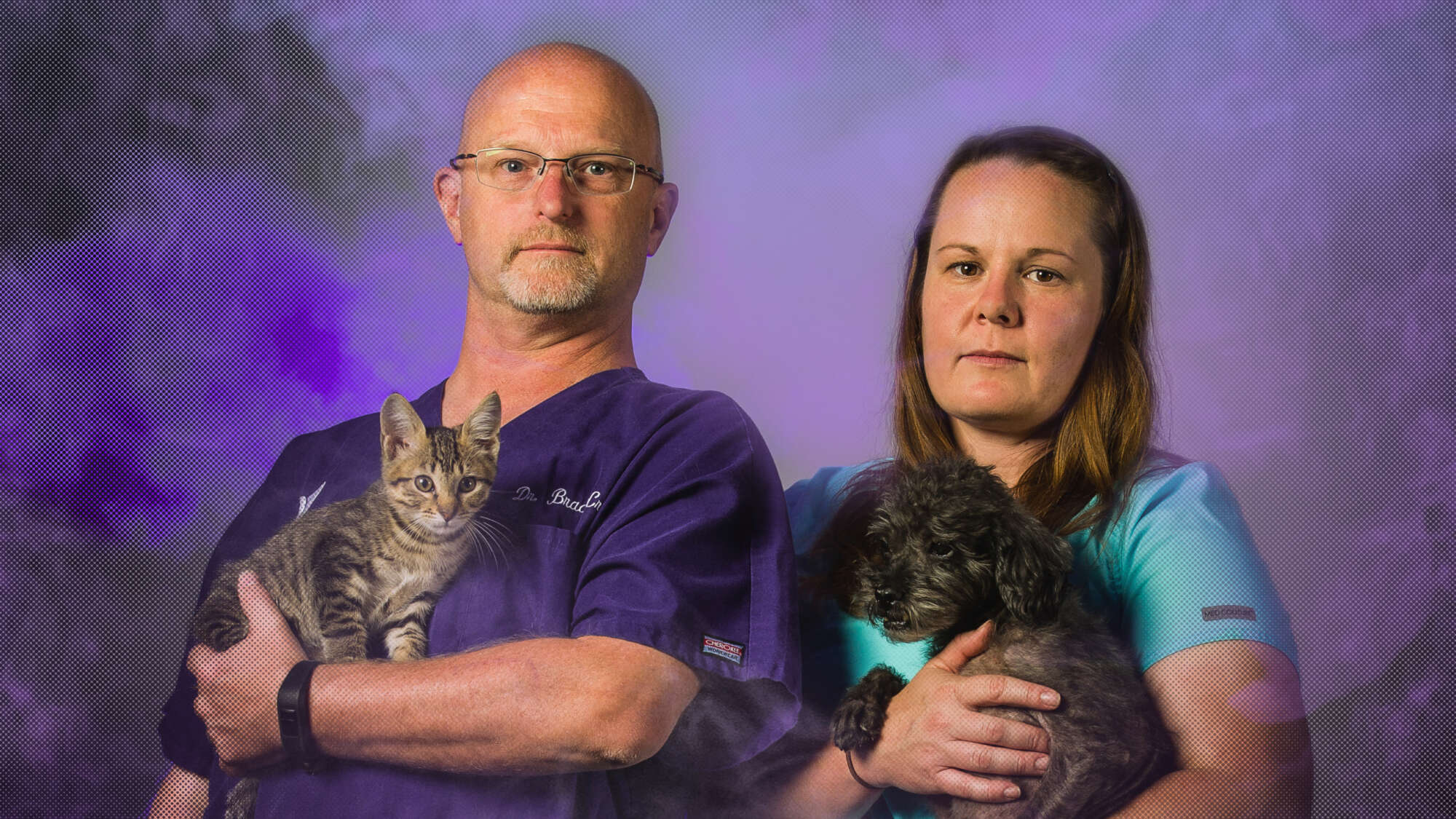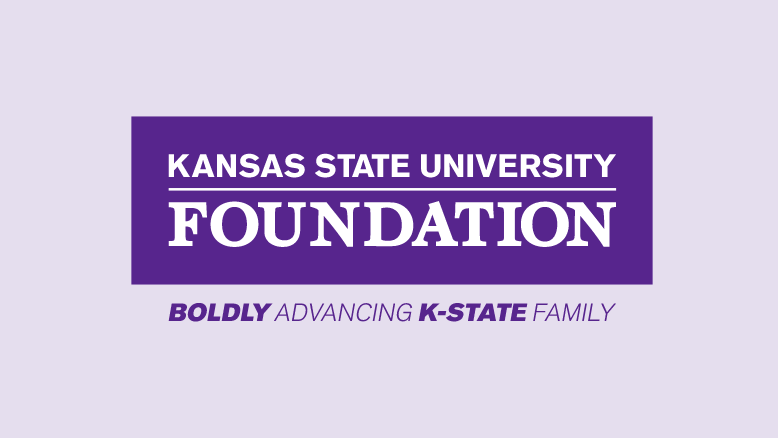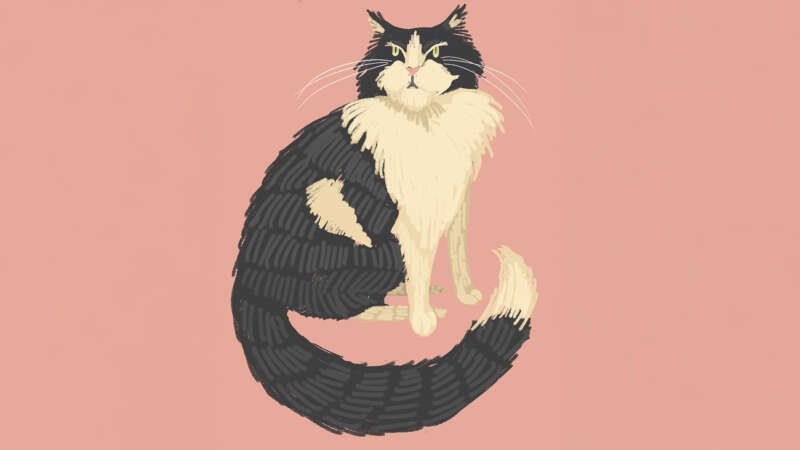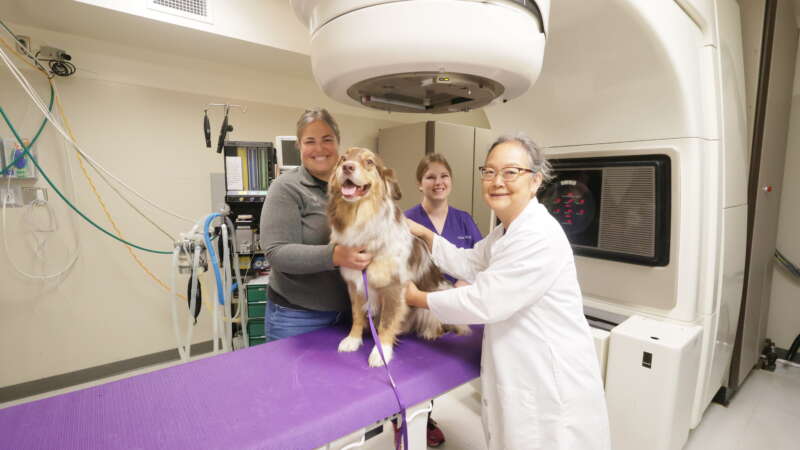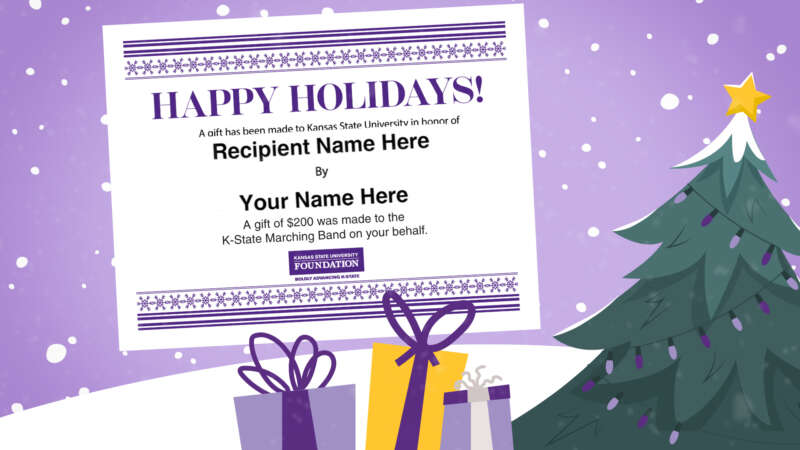Saving homeless animals and training future vets.
Saving lives. That’s what K-State College of Veterinary Medicine faculty and students train for and do every day. One program enables them to take their skills on the road to save thousands of shelter animals every year by making them more adoptable.
The Shelter Medicine Mobile Surgery Unit, led by Dr. Brad Crauer, took its maiden voyage on May 9, 2015. Its mission: to spay and neuter unowned pets at an area shelter. Fourth-year veterinary students spend two weeks on the rotation, providing surgery and veterinary care at no cost to participating shelters.
“Dr. Crauer uses the Shelter Medicine program to educate students not only about surgery, but also about the sheer volume of animals in shelters in the United States,” said Sarah Steen, fourth-year veterinary student. “Once you’ve experienced the rotation and visited the shelters in the area, the gravity of the pet overpopulation problem becomes much more real. One important thing students can take away from this is the significance of giving back to the communities we’ll eventually be a part of once we’re out in practice. Every individual has the opportunity to make an impact, and the knowledge we gain by doing these surgeries efficiently will equip us to offer that service to the shelters in our own communities.”
Students are not the only beneficiaries. Veterinary care — especially spays and neuters — make up a large portion of a shelter’s operating expense. Since the students perform surgery at no cost, shelters are saving between $50-175 per animal, a significant savings when considering hundreds of animals.
The Mobile Surgery Unit was made possible by a donation from Cheryl Mellenthin in honor of two people who were important to the College of Veterinary Medicine family: the late Chris Gruber, director of development and Mellenthin’s late husband, Mark Chapman. The Shelter Medicine Mobile Surgery program is supported by private gifts and a grant from PetSmart Charities.
Support the Shelter Medicine and Community Outreach program.
Originally published in December 2016.
